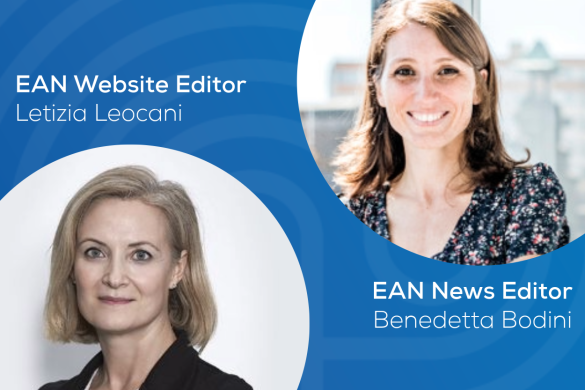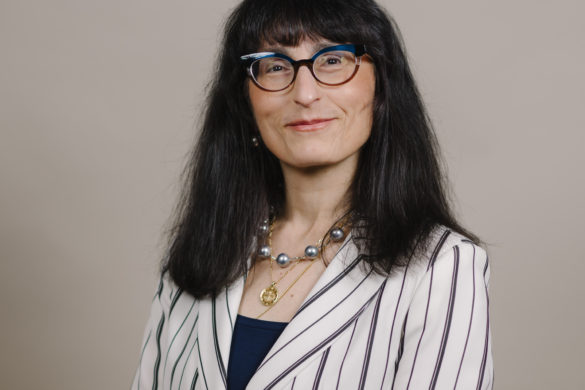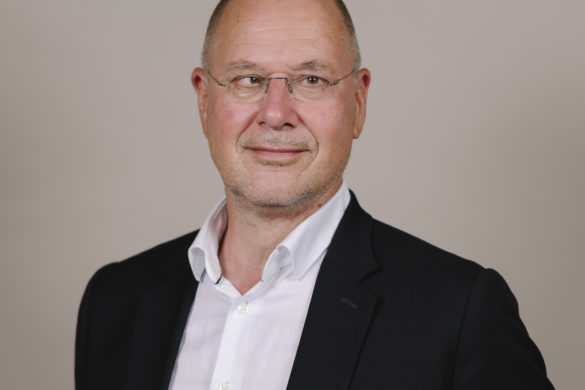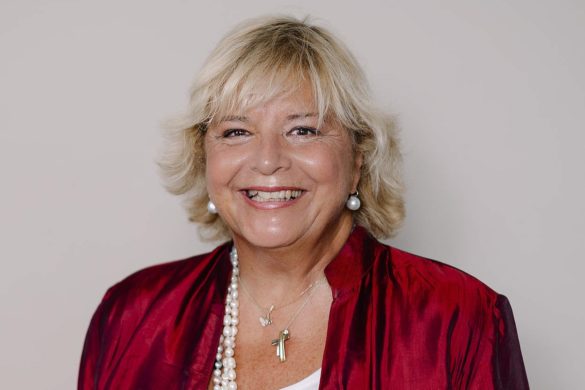Authors and academics are in revolt against the tyranny of the giant publishing houses. There is a swing towards the growing numbers of free on line journals. Which side should the EFNS join in this rebellion?
Nothing is really free. High quality publication will always be expensive. The process of peer reviewing, editing and printing is time-consuming and technically demanding. The major publishing houses charge large fees to libraries and readers for access to their journals and make a profit. Authors are the real creators but they are so anxious to see their work in print that they eagerly surrender their work without charge. They are even willing to pay large amounts for colour illustrations. The free on line journals are free to readers but charge authors for publication. They keep costs down by not buying paper, printing or mailing. Some but not all on line journals have a peer review system, similar to traditional journals.
The heroes are the peer reviewers who write detailed comments, give their opinions and significantly improve the final articles. This takes time which is not usually reimbursed. Motives for contributing to the peer review process are largely altruistic. However it is often educational. It is also a mark of esteem to be asked for an opinion and a privilege to preview new work. This privilege should be, and usually is, honoured by completing the process promptly and treating the information confidentially. The peer review process is sometimes criticised but no one has ever proposed a better system.
I am in no doubt that we should support our own paper journal, the European Journal of Neurology. It is owned by the EFNS. We receive the majority of the profits. These contribute to fulfilling our vision of excellence in European neurology and achieving our missions set out in our website at http://www.efns.org/Vision-and-missions.21.0.html. The journal was founded in 1994 by editors François Boller and Per Soelberg Sörensen and has seen its circulation and impact factor grow steadily under our current editors Matti Hillbom and Tony Schapira. It is a valuable vehicle for publishing original neurological research and the proceedings of our Congresses internationally. It has an important educational role for our profession, especially through its monthly CME articles on which readers can test themselves on line, and the guidelines which I praised in last month’s President’s Page https://www.eanpages.org/?p=1067. It is freely available to readers in institutions in the Hinari Group A countries http://www.who.int/hinari/eligibility/en/, which are the poorest and least developed countries in the world.
Finally the EJN is an attractive and entertaining journal which will flourish even more strongly when we join forces with the European Neurological Society in 2014 to form the European Academy of Neurology. European neurologists should aspire to make the EJN the best neurological journal in the world.











